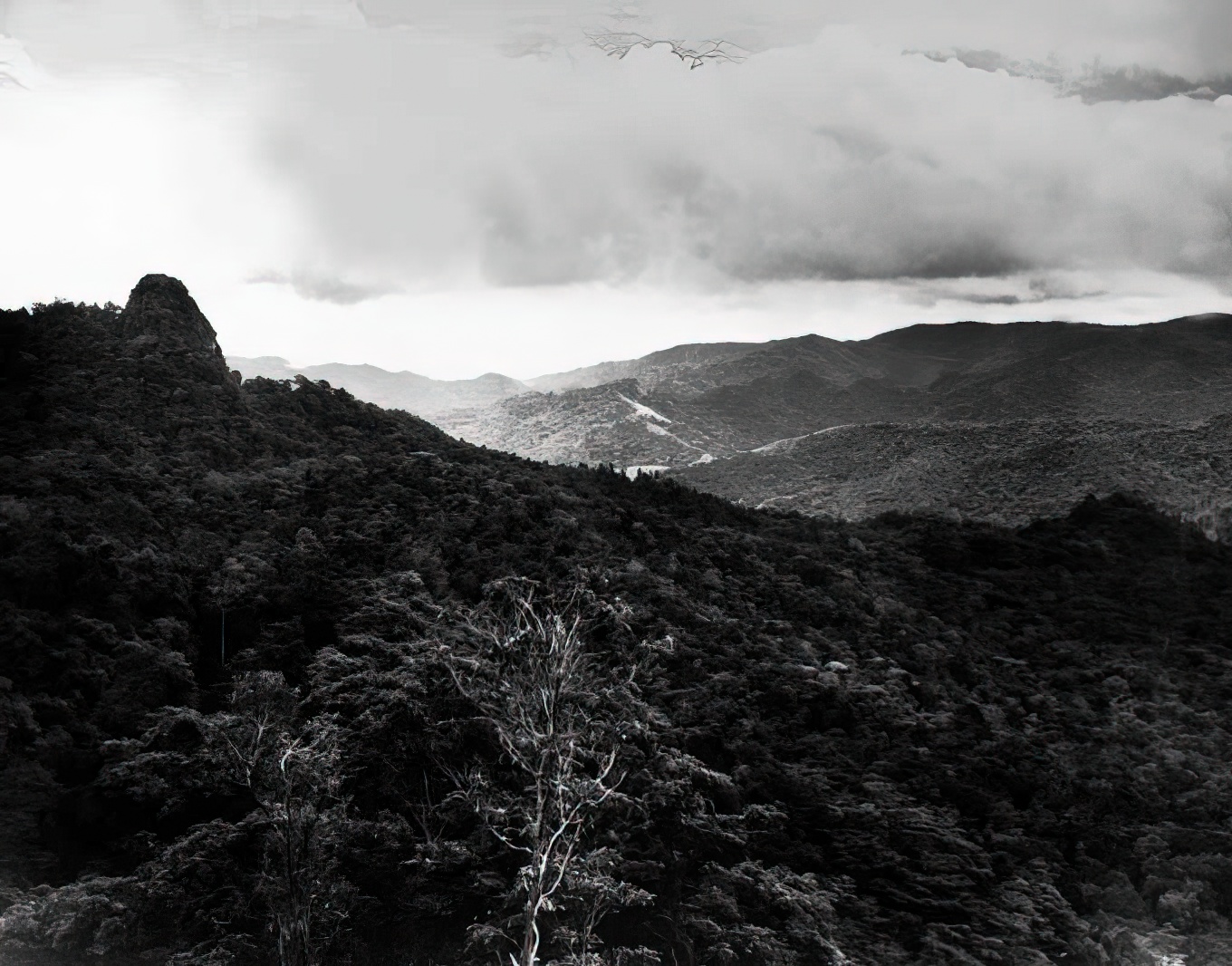Imita Ridge
Imita Ridge was reached by the ‘golden stairs’ which consisted of some 2,000 timber steps cut into the mountain side by the engineers.
It was an exhausting climb.
After leaving the Uberi track, it rose 400 metres in the first two kilometres, dropped some 500 metres and then rose about 700 metres in the last 2.5 kilometres.










